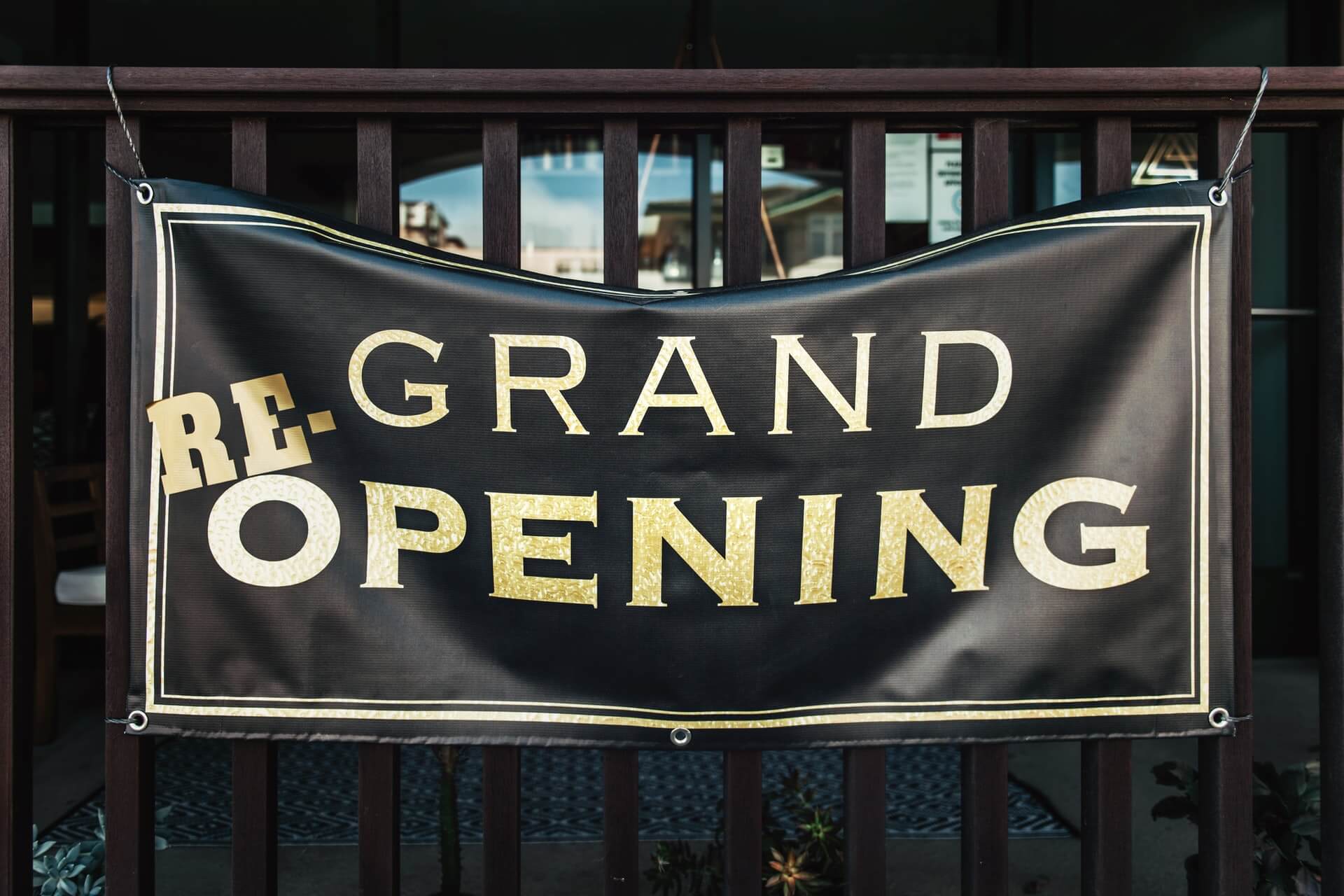Update Your Business Info Now!
by David Klemt

Restrictions are relaxing and people are returning to at least a form of their pre-pandemic lives. Operators need to review and update their information.
People face a flood of confusing or vague information every day—restaurants and bars don’t need to add to it.
In other words, operators need to make sure guests are getting accurate information when they search for their businesses.
This is particularly relevant right now with summer upon us and Father’s Day in two days.
Are You Open?
Cities, states and provinces are opening things up throughout North America.
In Canada, British Columbia, Ontario, and other provinces are in the midst of reopening plans and. Some provinces are also reopening their borders to their Canadian neighboris. Some restrictions remain and provinces aren’t fully open, but they’re on their way.
And in America, more than half of states are considered open fully: Alabama, Alaska, Arizona, Arkansas, Florida, Georgia, Idaho, Illinois, Indiana, Iowa, Kentucky, Louisiana, Minnesota, Mississippi, Missouri, Montana, Nebraska, New Hampshire, New Jersey, North Carolina, North Dakota, Ohio, Oklahoma, South Carolina, South Dakota, Tennessee, Texas, Utah, Virginia, Wisconsin.
Restrictions that remain in place in some provinces and states relate to dining. For example, outdoor dining returned to Ontario, Canada, a few days ahead of schedule. Unsurprisingly, people flocked to restaurants and bars with outdoor dining areas.
Of course, that’s a long-overdue and welcome development. However, such relaxing of restrictions exposes an issue: People aren’t sure if businesses are open, what hours they’re open, and what menu items are available.
Update Your Information
It should go without saying but I’ll say it anyway: The past 15 months have been a horror show for operators.
So, it’s understandable that some operational discipline has slipped. Now’s the time to fix that and focus on the details.
Guests want to know what restaurants and bars are open. They want to know when they’re open. And they don’t want any surprises about menu item availability.
Of course, operators can manually review and update or edit their online listings. An operator can also task a manager or worker with that responsibility.
There are also platforms out there that make updating pertinent business information a much less overwhelming job.
Marqii, a paid service with three pricing tiers, manages several important details quickly and easily. Operators can use Marqii to update their menus across more than 75 sites; manage their location data, including hours of operation; and review and respond to reviews across several platforms, depending on the tier chosen.
Packages are priced per location and a business is charged monthly. There are similar solutions out there but Marqii is a great place to start.
We live and operate in the Convenience Era. Make it easy for your guests to visit and spend their money with you.
Image: Tim Mossholder on Unsplash








